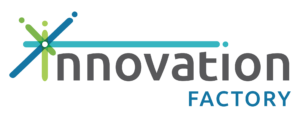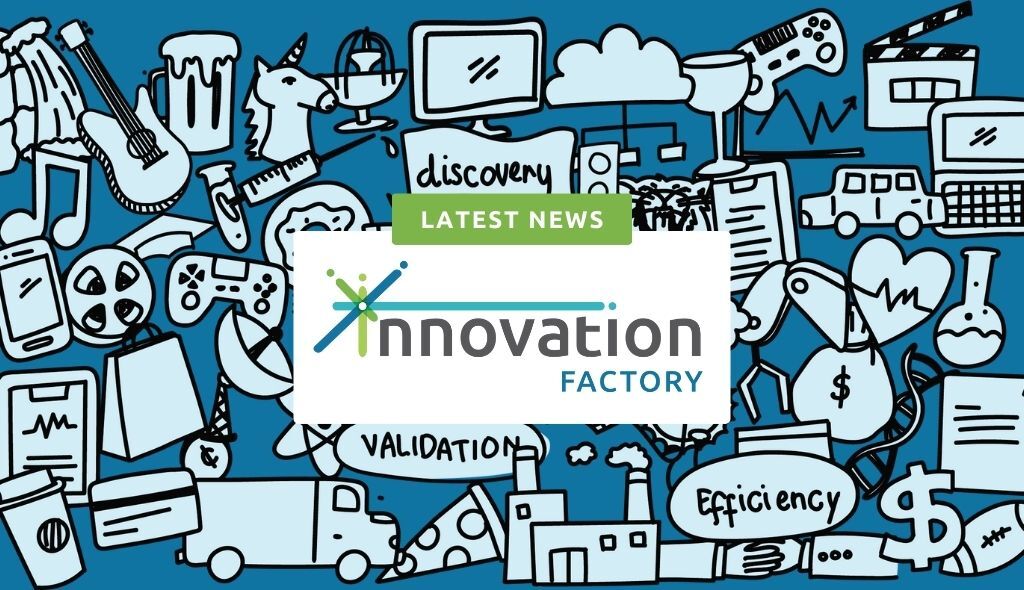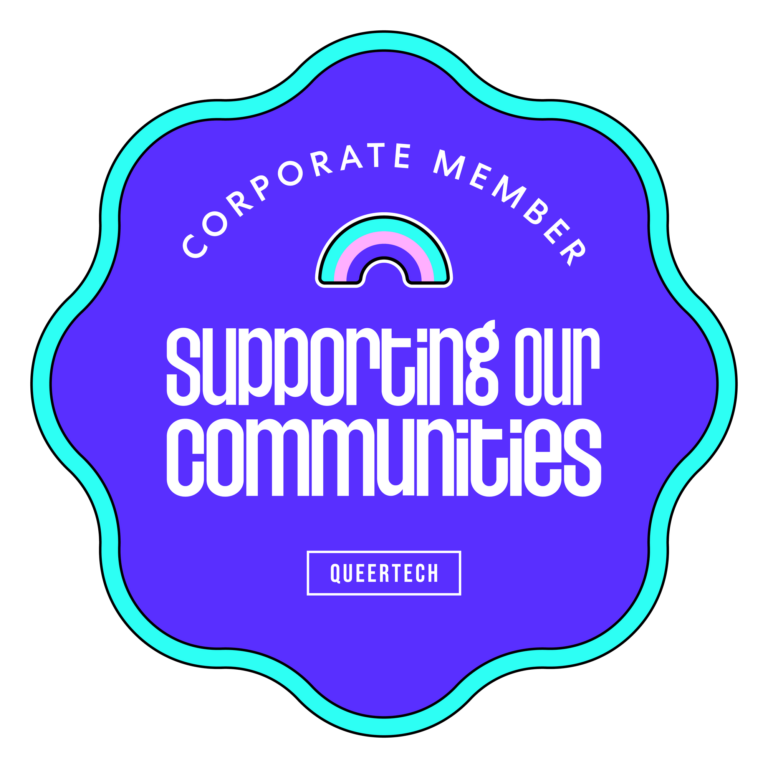Technology is so accessible now that it’s easy to come up with an idea for an innovation and simply hire developers to execute on your vision. As a result, non-tech founders are starting tech companies all over the place, and in corporations, department managers are launching apps and cloud software to offer to their customers.
Of course you can recruit a technical co-founder, outsource, or hire a staff of developers, but the problem that often arises in how you communicate your idea to them to ensure your project gets done the way you envision it.
On November 17, our very own Executive Director, David Carter, led a Lunch ‘n Learn session on Tech Lessons for Non-technical Entrepreneurs to help bridge the gap between the software developers and their project managers.
Having previously founded his own software company and now working with startups who often seek to hire developers, David has a unique perspective that can speak well to both sides of the relationships.
David began the session by outlining a typical scenario that often occurs when someone without a technical background attempts to work with a developer on a tech project: you and your developer meet; you seem to share the same vision; developer starts to deliver and you work collaboratively; specs of the project grow (although in your head this is always what you had in mind); developer gets tired of a moving target; and you both grow to loathe the other.
Disheartening? Perhaps. Uncommon? Absolutely not. According to David, this kind of miscommunication occurs all the time. So how can you make sure it doesn’t happen to you?
David says that if you’re managing the project, then you have to make sure you act as the project manager. Don’t pitch the project and then sit back waiting for the developer to show you a finished product, make sure you’re involved in the process. The best project plans are the ones where “done” is clearly articulated and you’ve clearly outlined exactly what your finished software should look like.
A good way to do this is through wireframing. Wireframing is about presenting the structure of your project in a way that does not necessarily dictate design. Like storyboarding for movies, it helps you map out your project visually and iterate very rapidly before even paying the developer.
You can view David’s presentation summary for more valuable tips here and photos from the event here.
At each month’s Lunch ‘n Learn we also feature an interesting iF client to share a 5-minute overview of their business, which we call our Factory 5. This month’s Factory 5 was Kemal Ahmed of Communote, a platform for university students looking to share their course notes. Thanks to David and Kemal for sharing your stories with us!
Our Lunch ‘n Learn events are a great way to get out and network while enjoying a free lunch and learning something new! Make sure to keep checking our event calendar for upcoming Lunch ‘n Learns and other events in the ecosystem.






